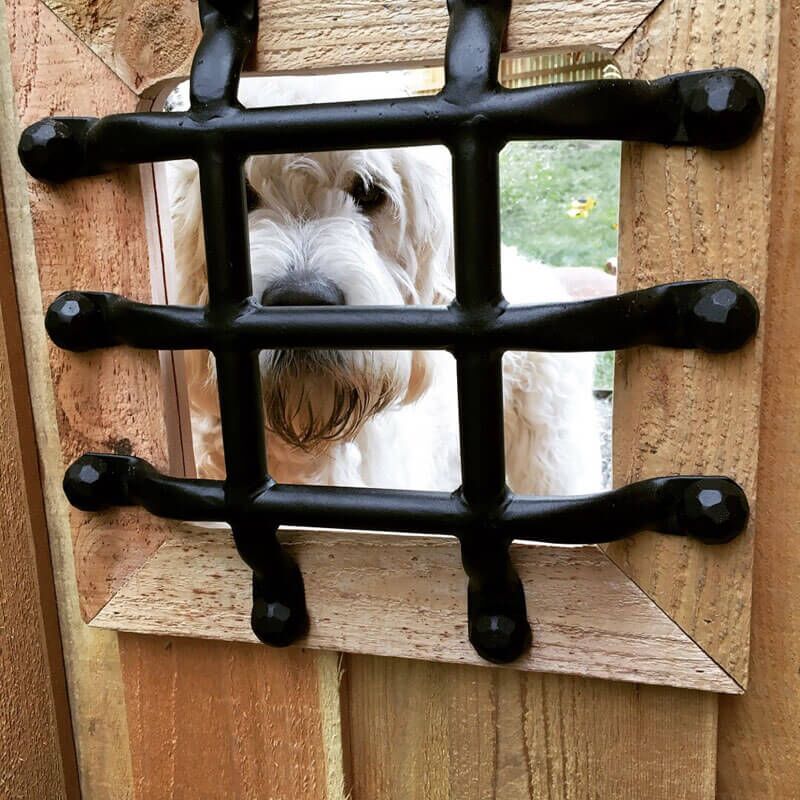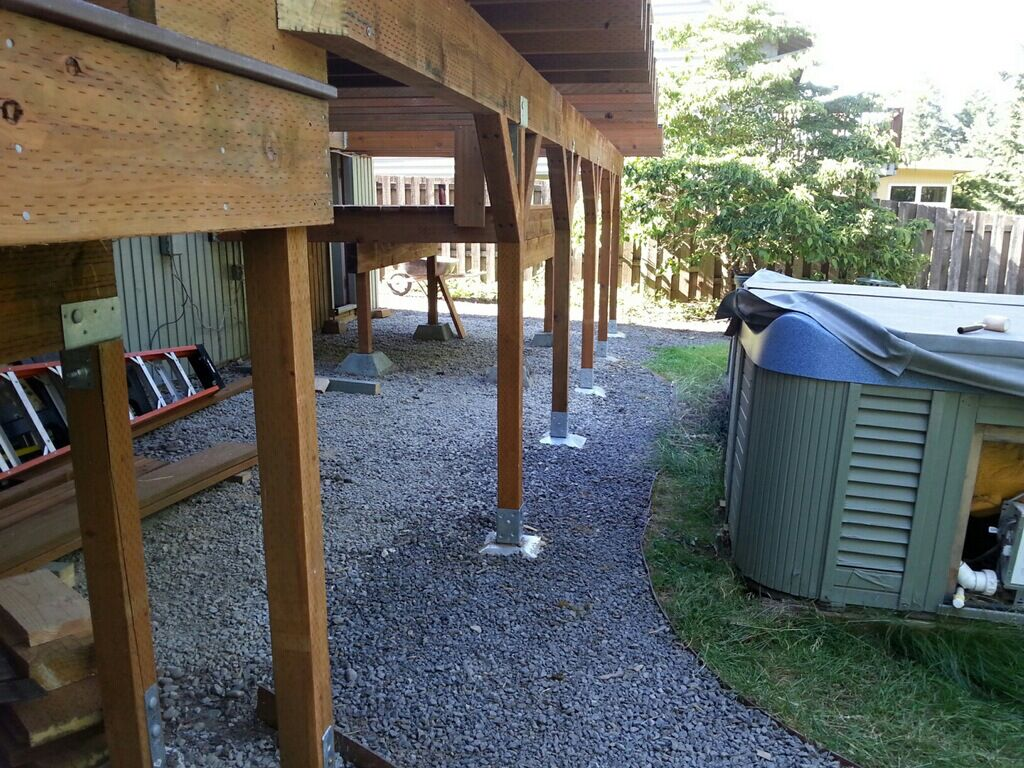Raised Garden Bed Hardware: Choose the Right Type for a Long-Lasting, Attractive Bed
I have an aunt who used to follow a yearly tradition. Every spring, she’d spend a few days planting an herb garden in her backyard. Then, over the weeks that followed, she’d watch every last one of those plants wither. That’s not an unusual occurrence for gardeners. There’s no guarantee that your backyard is going to have soil that’s good enough to nurture young plants. In fact, I’ve been hearing that in places like Brooklyn, the soil is actually contaminated with lead and other metals. For situations like that, a raised bed is a must. My relative didn’t have any issues that severe, but she still chose to go with a raised garden bed, which is a simple way of improving your gardening prospects.
A raised bed is simple because most people can complete it in an afternoon. It’s essentially a wooden box that you can fill with good soil to build your garden. While this is an easy project, it’s also one that I see a lot of people make mistakes on. That’s because it’s easy to use the wrong materials. The goal of a raised garden bed is to create a gardening spot when your yard doesn’t support gardening. But if the wood you use to build it rots, or the hardware you fasten your wood with corrodes into the soil, it’s not going to work. That’s why, in my opinion, the biggest challenge in building a bed isn’t the actual building of it. It’s choosing the right raised garden bed hardware. But before you choose the hardware, you need to pick a design.
Basic Raised Garden Bed Designs
While a raised garden bed is, at its most basic level, a large planter box, there are a lot of ways to go about building one. You can even choose to build a raised planter box, instead of a bed, if you have some room on your deck or patio (see our post on how to build a raised wooden planter box for tips).A few designs to consider include:
- Wattle garden beds: A wattle garden bed is one which uses branches and sticks, woven together, to create the bed’s border. Compost and more branches make up the bottom. It’s a project that involves using a lot of natural woods and it takes a lot of work, as you’ll have to treat the wood by soaking it first. While it’s a great natural design, it’s hard to accomplish for most as you’ll need access to appropriate branches and materials and it can take time and practice to put together. This is a design best suited for a small flower garden, as flowers tend to be more forgiving than vegetables or herbs.
- Log garden beds: Calling a log garden bed a ‘raised bed’ is a bit of a stretch, because generally, you’re just arranging four logs into a frame for the bed and using the ground as your planting area. The issue with this is obvious. While the logs may act as a barrier, that’s not doing much to get the plants off the ground or allow them to drain, which is the point of the raised bed. Log garden beds work best for those trying to give their garden area more definition, rather than those who want to create a better planting area.
- Wood and rebar: Using wooden boards to make up the walls and rebar to act as the support is a bit more sophisticated but will give a good overall result. This design uses rebar to create a grid at the bottom, which holds in the soil while allowing water to drain. This works great for growing just about anything and is suitable for just about any garden type.
- Multi-level raised garden beds: A multi-level raised garden bed is similar to the rebar and plank set up, but in this case, has several levels of beds. This is great if you want to grow a mixed garden where different plants require different amounts of water and care. On the downside, it’s also the most complex to build.
Chances are, like my aunt, you’ll want a real raised garden bed built using 2x4s or 2x6s. When building it, you’re going to need to pay attention to your hardware to ensure that the bed will last and you won’t have zinc or other compounds from the hardware leaching into the soil.
Raised Garden Bed Hardware Tips
A lot of the simplest DIY options for raised beds will use inexpensive, or even ‘found’ materials. While this might seem like a cheap, green option, it could actually be bad for your garden. To avoid chemicals from your metal hardware getting into your raised bed, choose:
- Bolts and screws designed for use with treated timber: Since, chances are, you’ll be using treated lumber, you’re going to want to use the right fasteners for your ACQ pressure treated lumber. Bolts and screws can corrode faster due to the chemicals in ACQ lumber, so you’ll want to use hardware that’s well protected.
- Corrosion-resistant fasteners at the corners: There’s a lot of pressure on the walls on your raised garden bed due to the soil, and that’s only going to get worse over time as the roots of the plants push up against the sides of the box. It’s a good idea to use fasteners at the corners of your raised bed, like rafter clips or truss ties, that can reinforce the wood screws you’ve used, and look great doing it. Most importantly, choose fasteners that are powder coated, as well as galvanized, so the compounds in the galvanization don’t get into your soil.
- Drainage hardware: This is optional, but it’s important if you live in a rainy climate. The planter box will allow your garden to drain because it has an open bottom, but it may not be able to keep up with the water during heavy rainfall. There are different ways of overcoming this, but the cleverest I’ve seen is adding strategic cutouts in the wood and putting hardware accents over them, to allow for additional drainage.
Once I gave my aunt a few recommendations on hardware choice, wood choice, and design, she was confident enough to build her own raised bed, even though she’d hardly ever touched a hammer or drill before. And her raised bed turned out great (and now contains the bushiest basil, oregano, and lavender plants I’ve ever seen)! All you need is great raised garden bed hardware, relatively new pressure-treated wood (older treated wood has dangerous chemicals in it, but the new stuff is won’t leach chemicals into your soil), and a little elbow grease.
I suggested OZCO Building Products to my aunt as a source of screws and fasteners because they carry unique hardware that is galvanized and powder coated, or, in the case of their timber screws, is coated with a special finish that makes them resistant to corrosion and easier to screw in. All of their bolts and screws are designed to work with ACQ lumber, as well. Their ornamental wood ties and connectors come in all types, shapes, and sizes, and are not only powder coated and tough, but also drop-dead gorgeous. And if you’re looking for a project plan for a raised bed, take a look at their plan checklists–they’ve got great inspiration, no matter what your experience level is as a DIYer.












Leave a Reply